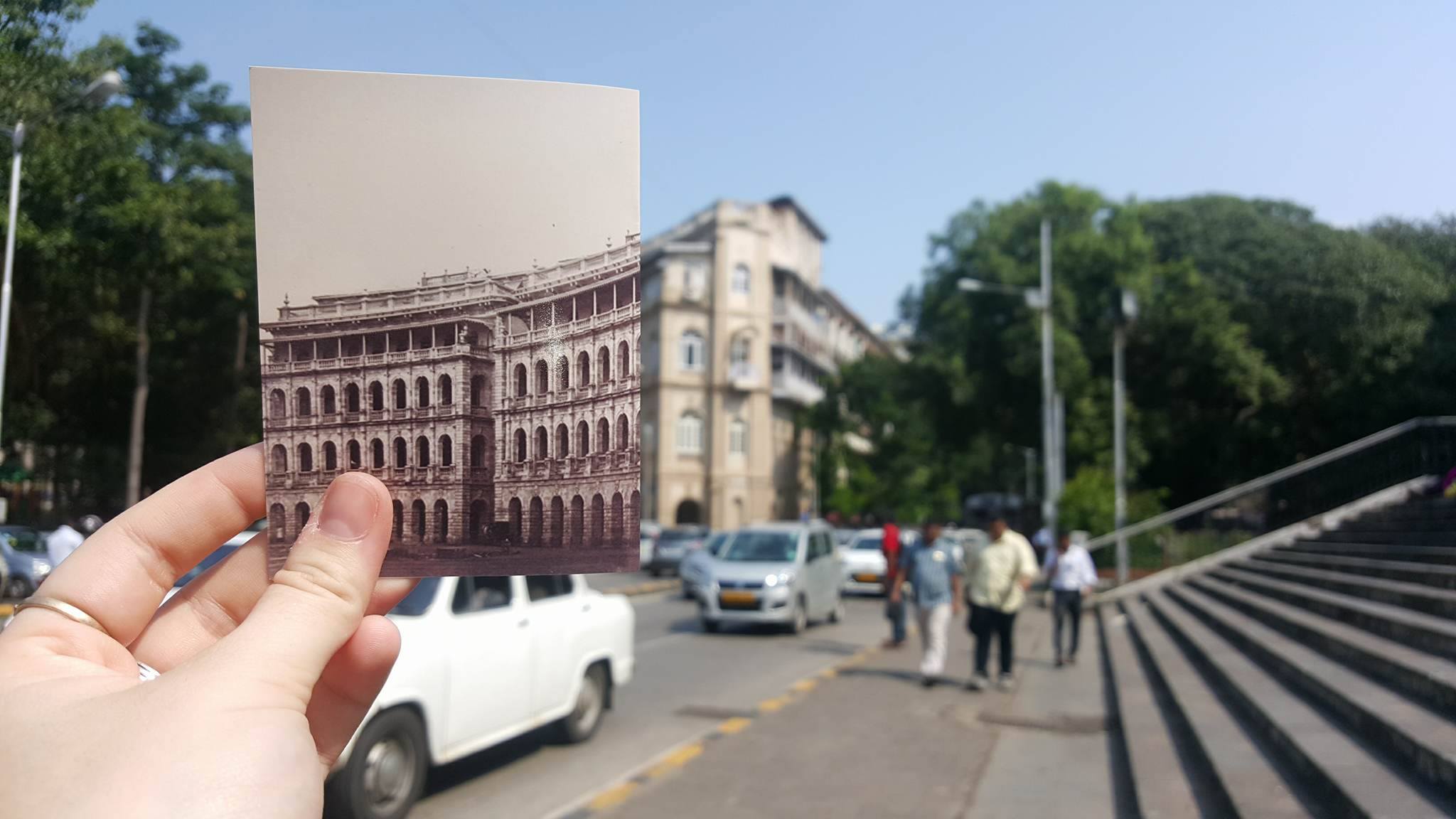
A City Reborn: Relics of Old Mumbai
“It is said that architecture is a reflection of society, and as far as this quote is there, nowadays Mumbai is losing the sense of classical architecture” says Associate Professor of Architecture at Amity University, Onkar Keshav Kulkarni.
“Most of the old buildings (in Mumbai) were built by the British. Originally, there were no buildings, only small huts. Then after the entering of the British and the East India Company especially… the islands were connected… Mumbai was developed and buildings were constructed.”
Professor Kulkarni explains that the old buildings in the city – demonstrations of British architecture, are clustered in South Mumbai, where the British built their fort.
“Colaba and the old Fort Area in old Mumbai, these are the classical examples of (Old Mumbai architecture),” he says.
“Basically the fort area was developed by British during their tenure in India. It started with the East India Company in 1840 or so. Slowly they developed the entire fort area, all the buildings were built by the British.”
Interestingly, while highly anglicised, many of Mumbai’s older buildings don’t entirely match the architectural style of the time.
Professor Kulkarni explains, “the designers were from England, (but) the labourers were from India, so sometimes you can see the Indian cultural touches; some kind of motives, some column capitals etcetera. It is a mixture of thoughts, (but) combinations of labour skills as well. This is how this particular architecture came about.”
What’s more, Mumbai’s climate is unsurprisingly, distinctly different from that of Britain. In order to withstand the passage of time, extra effort has to be put in to keep the buildings standing.
“As far as Mumbai climate is concerned, it’s not only about rain, but it’s the humid and hot climate… More care has to be taken for all the leakages and maintenance problems” Professor Kulkarni says.
Armed with photographs and postcards of old Mumbai, I ventured down to the Fort Area to view these testaments of time.
“Architecture is always endless process,” Professor Kulkarni says. “It’s turning parallel to time, and it’s changing day by day… It’s the basic need of human beings: food, shelter, and clothing. Out of these three needs, one of them is architecture. And because of that, it will never end.”
Click to view gallery.
Morgaine Auton
Morgaine is a Bachelor of Journalism and Arts student at University of Queensland, with arts majors in Psychology and Film & TV. She has been a media officer at Powerful Youth's Global Leadership Academy in Canada, and writes articles for Roubler in Brisbane. Her hobbies include photography, painting portraits, and travel. A radio documentary she completed on grey nomads who retire and sail around the world was selected as one of 7 to be broadcast by UQ on JACradio. Through her time in other countries, Morgaine has developed a deeper understanding of how the world works, and love of uniqueness. She loves travelling, exploring new cultures and meeting new people, and hopes to one day work overseas as a foreign correspondent or travel journalist.
